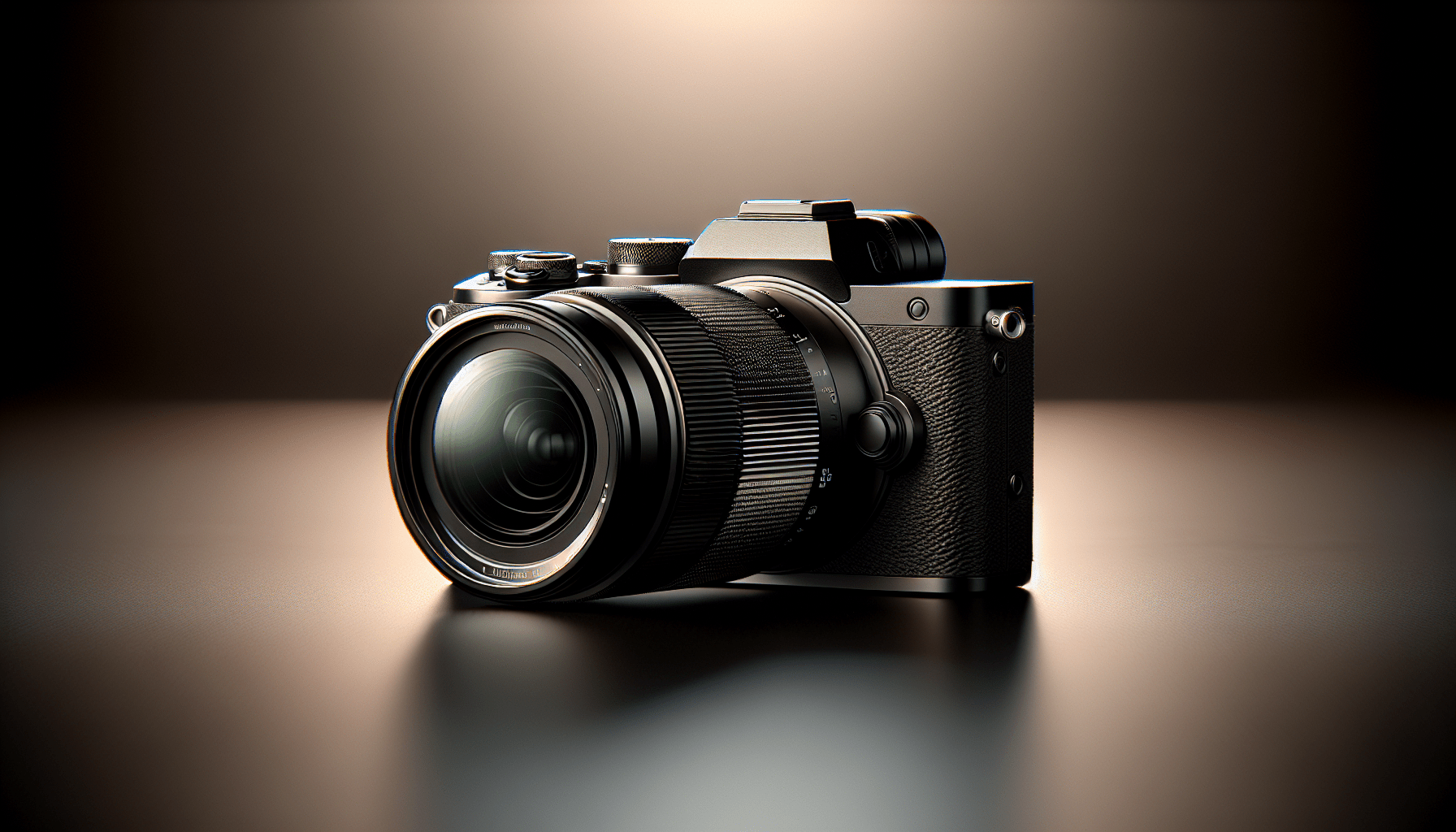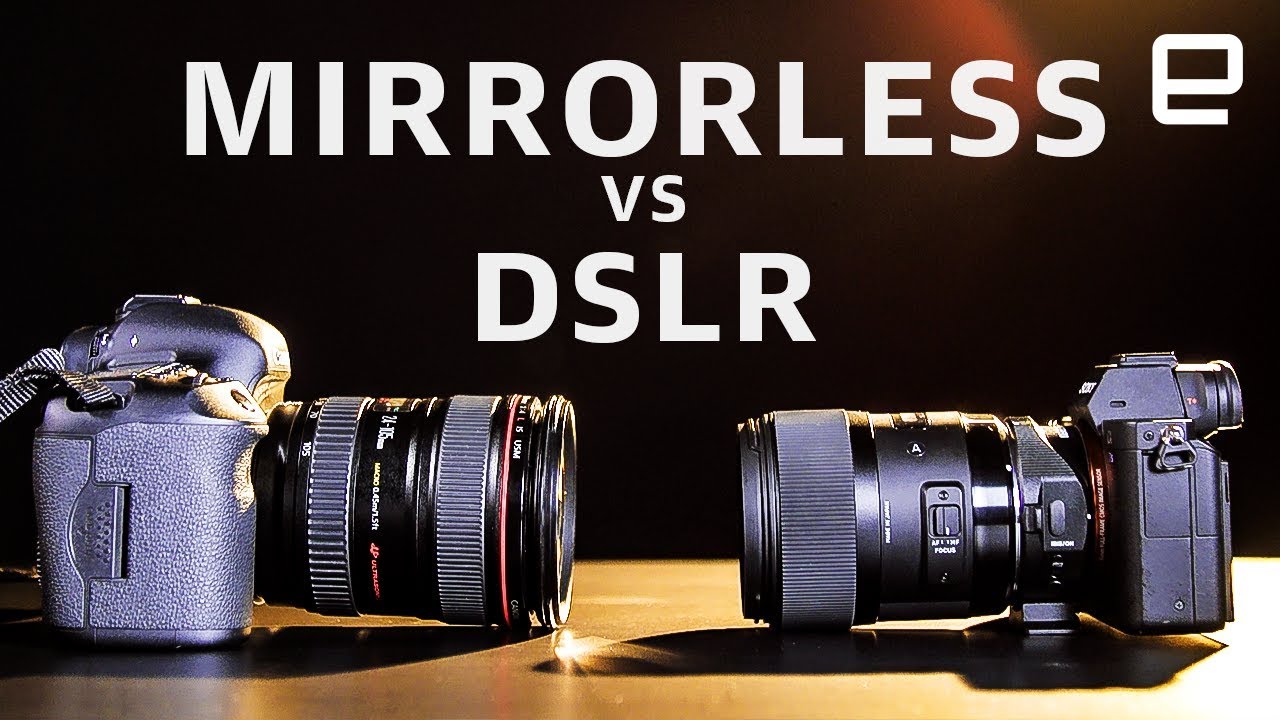Since 2013, mirrorless cameras have transformed the photography landscape, making waves with innovative designs and high-end features. This shift has been spearheaded by brands like Sony and Panasonic, whose pioneering models have set new industry standards. The past year has marked a significant uptick in the dominance of mirrorless cameras, with Nikon and Canon finally entering the full-frame mirrorless market with their own groundbreaking cameras.
While traditional DSLRs still hold their ground, the future is increasingly looking mirrorless. Leading brands such as Fujifilm and Panasonic continue to push the envelope, introducing unique features that were once inconceivable in DSLR models. This article explores why mirrorless cameras are taking over and what sets them apart from their DSLR counterparts.
The Evolution of Mirrorless Cameras
Historical Background
Mirrorless cameras, as we know them today, started a quiet revolution in the early 2000s. Initially, digital point-and-shoot cameras like the Nikon Coolpix and Sony Cybershot had no mirrors, but it wasn’t until 2008 that the first truly modern mirrorless camera, the Panasonic Lumix G1, was launched. This camera removed the bulky mirror mechanism traditionally found in SLR (Single Lens Reflex) and DSLR (Digital Single Lens Reflex) cameras, offering a more compact, lightweight alternative while allowing users to change lenses as they wished.
Initial Consumer Reception
When mirrorless cameras first hit the market, consumer reception was mixed. Traditionalists and professional photographers were skeptical of their performance and reliability. Early models, while innovative, often lacked the autofocus speed and battery life of their DSLR counterparts. Despite these hurdles, the appeal of a lighter, more portable camera gradually began to win over enthusiasts and professionals looking for a versatile yet less cumbersome option.
Key Milestones
Several key milestones have propelled the evolution of mirrorless cameras. The introduction of the Sony Alpha NEX series in 2010 signaled a significant advancement in sensor size and image quality. In 2013, Sony’s groundbreaking A7 series made waves as the first full-frame mirrorless camera, offering DSLR-level performance without the bulk. Around the same time, Panasonic’s GH series started gaining popularity among videographers for its impressive video capabilities.
Pioneers in the Mirrorless Market
Sony’s A7 Revolution
Sony’s A7 series marked a turning point in the mirrorless camera market. Released in late 2013, the A7 offered a full-frame sensor in a compact body, a feat previously thought impossible. This series was pivotal in proving that mirrorless cameras could deliver high-quality images that rival DSLRs. With fast autofocus, enhanced low-light performance, and robust build quality, the A7 series quickly became a favorite among both hobbyists and professionals.
Panasonic’s GH Series
While Sony captivated photographers, Panasonic focused on videographers with its GH series. The GH4 and subsequent GH5 models offered excellent video capabilities, including 4K recording, high frame rates, and numerous video-centric features. This made Panasonic’s GH series the go-to choice for many indie filmmakers and YouTubers, who appreciated its compact size and video prowess.
Impact on Professional Photography
Initially, professional photographers were slow to adopt mirrorless cameras due to concerns about lens availability and autofocus performance. Over time, these issues were addressed through technological advancements and the release of a broader range of lenses. Today, many professionals have fully transitioned to mirrorless systems, drawn by their portability, high image quality, and innovative features like in-body stabilization.

This image is property of i.ytimg.com.
Canon and Nikon’s Entry
New Designs and Innovations
Canon and Nikon, stalwarts of the DSLR era, were initially hesitant to dive into the mirrorless market. This changed dramatically with the release of Canon’s EOS R and Nikon’s Z series in 2018. Both brands introduced new lens mounts—Canon with the RF mount and Nikon with the Z mount—designed to offer improved optical performance and future-proof their systems. These new cameras boasted faster autofocus, better image stabilization, and high-resolution sensors, showcasing the brands’ commitment to innovation.
Comparison with Sony Models
When Canon and Nikon finally entered the mirrorless fray, comparisons with Sony’s already-established A7 series were inevitable. Sony’s head start gave it a mature ecosystem of lenses and accessories, while Canon and Nikon had to play catch-up. However, Canon’s Dual Pixel autofocus and Nikon’s superior ergonomics quickly gained fans. Each brand brought unique strengths to the table, making the choice between them largely a matter of personal or professional preference.
Market Impact
The entry of Canon and Nikon into the mirrorless market had a ripple effect across the industry. Their involvement validated the mirrorless format, encouraging more consumers and professionals to consider these systems. It also sparked a competitive race for innovation, pushing all manufacturers to continuously improve their offerings in areas like autofocus, image stabilization, and lens quality.
Innovative Models from Other Brands
Fujifilm’s Unique Offerings
Fujifilm has carved out a niche in the mirrorless market by focusing on retro design, excellent build quality, and superb image sensors. Models like the X-T series and the medium-format GFX series have been particularly lauded. Fujifilm cameras often feature film simulation modes that mimic classic film stocks, appealing to photographers who appreciate a blend of old-school charm and modern technology.
Panasonic’s Advanced Features
In addition to the GH series, Panasonic has continued to innovate with models like the S1 and S1H, which offer full-frame sensors and robust video capabilities. Panasonic’s focus on advanced features like high-resolution mode, excellent in-body stabilization, and impressive video specs have made its cameras highly competitive, particularly among videographers.
Competitive Edge
These brands—Sony, Panasonic, and Fujifilm—have continually pushed the boundaries of what mirrorless cameras can achieve. By addressing different segments of the market and offering unique selling points, they have collectively disrupted the dominance of traditional DSLRs and spurred greater innovation across the industry.

The Decline of Traditional DSLRs
Current Market Share
It’s no secret that the market share of traditional DSLRs has been steadily declining. Mirrorless cameras have overtaken DSLRs in sales, capturing the attention of new and seasoned photographers alike. Brands like Canon and Nikon, which once dominated the DSLR market, are now channeling significant resources into their mirrorless lines.
Technological Limitations
One of the main reasons for the decline of DSLRs is their inherent technological limitations. The complex mirror mechanism, while innovative in its time, adds bulk and imposes certain constraints. Features like real-time electronic viewfinders and in-body stabilization found in mirrorless systems are challenging to implement in DSLRs due to their mechanical nature.
Consumer Preferences
Consumer preferences have also shifted. Modern photographers and videographers prioritize portability, advanced features, and seamless integration with other tech ecosystems. Mirrorless cameras, with their compact designs and cutting-edge capabilities, align perfectly with these evolving needs, making them the preferred choice for many.
Technical Differences: SLR vs. Mirrorless
SLR Mechanism
The essence of an SLR camera lies in its mirror mechanism. Light entering through the lens is reflected by a mirror up into an optical viewfinder. When you press the shutter button, the mirror flips up, and the light passes through to the image sensor or film. This allows you to see exactly what the lens sees, but it also makes the camera bulkier and more complex.
Mirrorless Mechanism
Conversely, a mirrorless camera does away with the mirror entirely. Light passes directly through the lens to the digital sensor, from which a live feed is sent to an electronic viewfinder or LCD screen. This simplicity reduces the size and mechanical complexity of the camera, allowing for more compact and versatile designs.
Advantages and Disadvantages
SLRs offer the advantage of an optical viewfinder, which provides a clear, lag-free view of your subject. They also tend to have better battery life due to the absence of constant power draw from an electronic viewfinder. However, they are bulkier, noisier, and less capable of incorporating modern computational features. Mirrorless cameras, on the other hand, offer real-time previews, better video capabilities, and innovative features like eye-tracking autofocus, albeit often with shorter battery life and a minor lag in the electronic viewfinder.
Advanced Autofocus Systems
SLR Autofocus Techniques
In SLRs, autofocus is typically achieved using a combination of contrast detect and phase detect systems. Phase detect autofocus is especially effective for tracking moving subjects and is a staple in sports and wildlife photography. However, it relies on a dedicated autofocus sensor, separate from the image sensor, which means the camera has to rely on secondary methods when using live view or recording video.
Mirrorless Hybrid Systems
Modern mirrorless cameras use hybrid autofocus systems that combine contrast detect and phase detect directly on the sensor. This allows for more accurate and faster focusing, especially during video recording and live view shooting. These systems can also utilize advanced features like eye-tracking and real-time focus adjustments, making them incredibly potent for both stills and video.
Performance Improvements
The hybrid autofocus systems in mirrorless cameras have undergone significant improvements, making them as good as, if not better than, traditional SLR systems. With continued advancements in sensor technology and computational algorithms, mirrorless cameras now offer exceptional autofocus performance, catering to a wide range of photographic needs.
Stabilization Technologies
Lens-Based Stabilization
Historically, stabilization in cameras has been lens-based, especially in DSLRs. Optical image stabilization (OIS) involves moving lens elements to counteract camera shake, which helps in capturing sharper images, particularly in low-light conditions or when using long focal lengths.
In-Body Stabilization
Mirrorless cameras have popularized in-body image stabilization (IBIS), where the camera sensor itself is stabilized. This system works well with any lens, offering the ability to stabilize even older, non-stabilized lenses. IBIS is advantageous for both photography and videography, providing smoother hand-held shooting experiences and better low-light performance.
Advantages for Photos and Videos
Both stabilization technologies have their merits, but in-body stabilization offers greater versatility. For photos, it means you can use a wider range of lenses without worrying about stabilization. For videos, IBIS provides smoother footage, making it easier to shoot professional-quality videos without additional stabilization equipment.
Design and Flange Distance
Impact on Camera Size
One of the most notable differences between DSLRs and mirrorless cameras is size. The absence of a mirror mechanism and an optical viewfinder allows mirrorless cameras to be much more compact. This reduction in size does not compromise performance, making these cameras more appealing for everyday use and travel.
Lens Design Simplification
The shorter flange distance (the distance between the lens mount and the sensor) in mirrorless cameras allows for simpler and often more efficient lens designs. This shorter distance can bring lenses, especially wide-angle ones, closer to the sensor, reducing size and weight without sacrificing quality.
Wide-Angle Lens Benefits
The reduced flange distance also particularly benefits wide-angle lens designs, allowing for wider apertures and improved image quality. This makes mirrorless systems especially attractive to landscape and architectural photographers who rely on wide-angle lenses for their work.
Conclusion
Summary of Key Points
Over the past decade, mirrorless cameras have evolved from niche products to industry leaders. Brands like Sony, Panasonic, and Fujifilm have pioneered this transformation with innovative models that offer compact designs, superior autofocus, and advanced stabilization technologies. Canon and Nikon’s entry into the mirrorless market further solidified the shift, bringing even more competition and innovation.
Future of Photography
The future of photography looks increasingly geared towards mirrorless systems. Advancements in sensor technology, computational photography, and artificial intelligence-driven features are likely to continue, offering photographers and videographers more powerful tools than ever before. The ease of use, combined with professional-grade performance, means that mirrorless cameras are set to dominate the market for years to come.
Final Thoughts
Whether you’re a budding photographer or a seasoned professional, the rise of mirrorless cameras opens up exciting new possibilities. The blend of old and new technologies, from classic lens mounts to cutting-edge autofocus systems, makes for an incredibly versatile toolkit. As the industry continues to innovate, it’s clear that mirrorless cameras have not just changed the game—they’ve redefined it. So, if you haven’t yet explored the world of mirrorless photography, there’s never been a better time to start.

